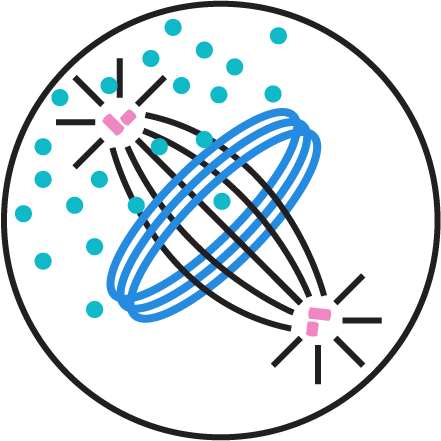Check out our latest paper on arXiv. We look forward to your comments and feedback.
Growth and Division of Active Droplets: A Model for Protocells
David Zwicker, Rabea Seyboldt, Christoph A. Weber, Anthony A. Hyman, Frank Jülicher
It has been proposed that during the early steps in the origin of life, small droplets could have formed via the segregation of molecules from complex mixtures by phase separation. These droplets could have provided chemical reaction centers. However, whether these droplets could divide and propagate is unclear. Here we examine the behavior of droplets in systems that are maintained away from thermodynamic equilibrium by an external supply of energy. In these systems, droplets grow by the addition of droplet material generated by chemical reactions. Surprisingly, we find that chemically driven droplet growth can lead to shape instabilities that trigger the division of droplets into two smaller daughters. Therefore, chemically active droplets can exhibit cycles of growth and division that resemble the proliferation of living cells. Dividing active droplets could serve as a model for prebiotic protocells, where chemical reactions in the droplet play the role of a prebiotic metabolism.
